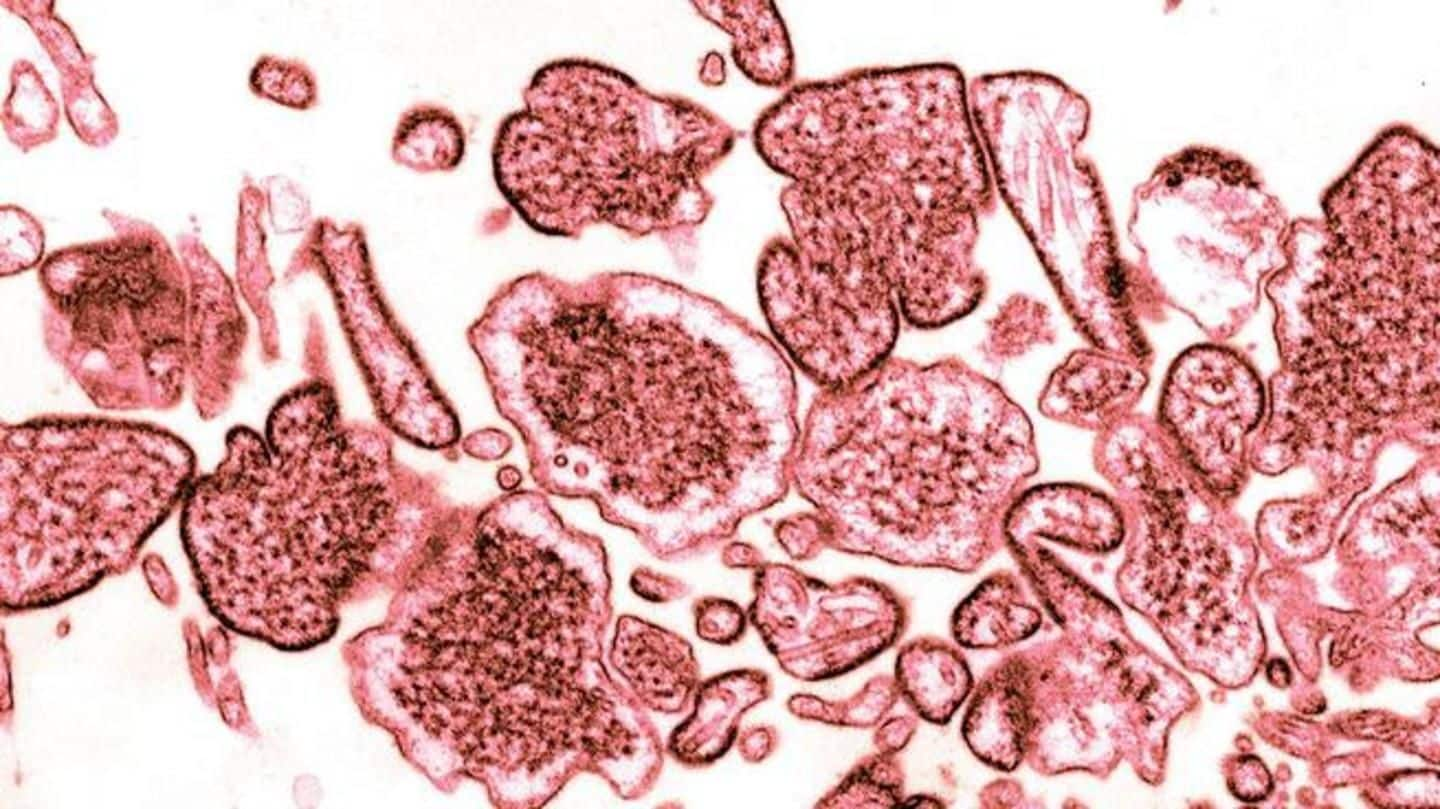Nipah virus outbreak: All you need to know about it
What's the story
As of Sunday the dreaded Nipah virus had claimed its 14th victim in Northern Kerala.
While the state health department, along with teams from the National Centre for Disease Control (NCDC) and AIIMS, has done its best to control the outbreak and understand it, certain facts about the Nipah virus outbreak in Kerala remains blurry.
But here's what we do know.
Source
What we know about the source of the outbreak
The source of the outbreak in Kerala is believed to have originated in the Changaroth panchayat in the state's Kozhikode district.
The first fatality of the virus is believed to have been Mohammad Sabith, but he wasn't tested for the virus.
Subsequently, two weeks later, his elder brother and paternal aunt succumbed to illness. Both tested positive for Nipah Virus, and panic spread fast.
Kerala outbreak
Kerala outbreak is largely contained; carriers of NiV not known
While the NiV outbreak in Kerala has health officials and doctors on the edge, doctors say that the virus has been largely contained and that all fatalities in this outbreak was related to a single family in whose members the virus was detected.
However, what is potentially worrying is that the carriers of NiV, in this case, have not been identified.
Definition, incidence
The Nipah virus was first detected in Malaysia
The World Health Organization defines the Nipah virus (NiV) as a zoonotic pathogen (transmitted from animals to humans).
NiV was first detected in Malaysia in 1998, and is widely thought to be spread through fruit bats, and infected pigs.
There were two more outbreaks of NiV in West Bengal in 2001, and 2007, which resulted in the death of over 50 people.
Transmission
NiV is transmitted through direct contact with infected food/drinks/animals/people
Most people can breathe a sigh of relief now that health officials have ruled out the possibility of airborne transmission.
However, humans can contract the virus from food/drinks contaminated by virus-carrying fruit bats, from infected pigs and their contaminated tissues, and from another human being.
Therefore, direct contact with infected entities can be said to be the main source of transmission.
Symptoms
What are the symptoms of a NiV infection?
The incubation period of the Nipah Virus is around 5 to 14 days, and symptoms start becoming visible after this period.
Common symptoms include fever, nausea, headaches, and fainting. Other symptoms like choking, stomach ache, vomiting might show up in some cases too.
Chances of contracting encephalitis is high, and there's also a possibility of patients going into coma within two days.
Treatment
Treatment involves intensive supportive care aimed at individual symptoms
There exists no vaccine or medication for the treatment of NiV, therefore symptoms have to be tackled individually.
Additionally, since encephalitic symptoms are seen in NiV infections, the main mode of treatment involves intensive supportive care aimed at dealing with neurological and respiratory complications arising out of the infection.
For instance, breathless NiV patients can be put on artificial ventilators.
